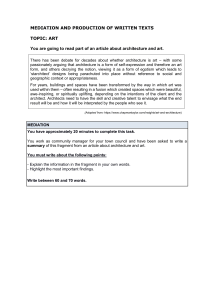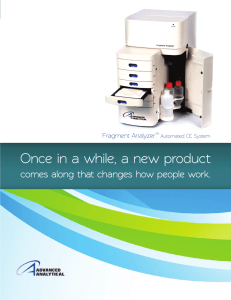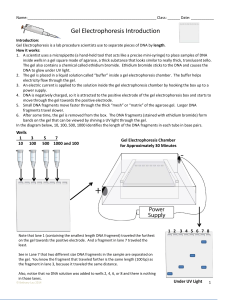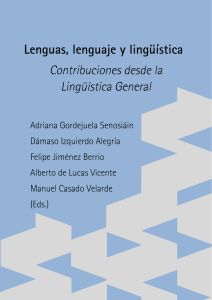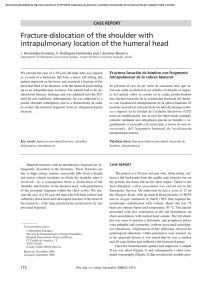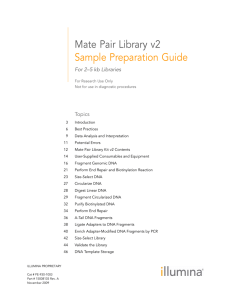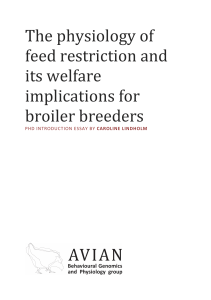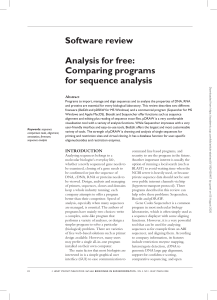Unidad Docente de Genética Asignatura: Fundamentos de Genética
Anuncio
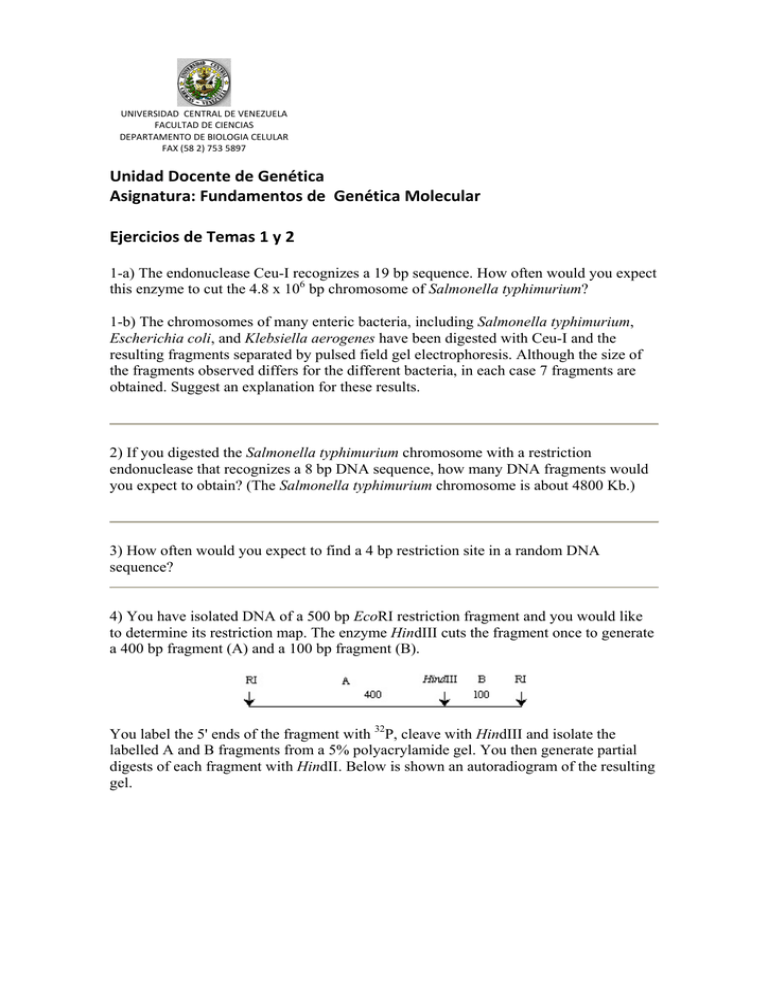
UNIVERSIDAD CENTRAL DE VENEZUELA FACULTAD DE CIENCIAS DEPARTAMENTO DE BIOLOGIA CELULAR FAX (58 2) 753 5897 Unidad Docente de Genética Asignatura: Fundamentos de Genética Molecular Ejercicios de Temas 1 y 2 1-a) The endonuclease Ceu-I recognizes a 19 bp sequence. How often would you expect this enzyme to cut the 4.8 x 106 bp chromosome of Salmonella typhimurium? 1-b) The chromosomes of many enteric bacteria, including Salmonella typhimurium, Escherichia coli, and Klebsiella aerogenes have been digested with Ceu-I and the resulting fragments separated by pulsed field gel electrophoresis. Although the size of the fragments observed differs for the different bacteria, in each case 7 fragments are obtained. Suggest an explanation for these results. 2) If you digested the Salmonella typhimurium chromosome with a restriction endonuclease that recognizes a 8 bp DNA sequence, how many DNA fragments would you expect to obtain? (The Salmonella typhimurium chromosome is about 4800 Kb.) 3) How often would you expect to find a 4 bp restriction site in a random DNA sequence? 4) You have isolated DNA of a 500 bp EcoRI restriction fragment and you would like to determine its restriction map. The enzyme HindIII cuts the fragment once to generate a 400 bp fragment (A) and a 100 bp fragment (B). You label the 5' ends of the fragment with 32P, cleave with HindIII and isolate the labelled A and B fragments from a 5% polyacrylamide gel. You then generate partial digests of each fragment with HindII. Below is shown an autoradiogram of the resulting gel. Draw the HindII map for the whole EcoRI fragment. Include the distances, in base pairs, between HindII, HindIII, and EcoRI sites. 5) You are studying a gene responsible for pigment biosynthesis in plants. RR individuals are red; Rr are pink; and rr are white. The restriction map of the R allele is: You extract genomic DNA from a red, a pink, and a white plant; digest with EcoRI, HindIII and EcoRI+HindIII; run on a gel, and transfer to nitrocellulose. You have a cDNA for the R gene which you use as a probe. The results of the autoradiogram are as follows: a) What is the alteration in the R-gene DNA of the mutant r allele? b) Why are there more bands in the pink strain than in the white or red - what do the fainter bands represent? 6) This is the restriction map of an autosomal gene in Drosophila. You extract RNA from male and female flies and run duplicate samples of both on several northern blots. You have the entire 3.85kbp EcoRI-HindIII fragment containing the gene on a plasmid, from which you generate probes by restriction enzyme digestion. Assuming that the DNA is the same in both sexes (How could you tell this?), explain the difference between the mRNA for this gene in males and females using the data below. Probe Restriction Fragment A 1.0kbp EcoRI-HindIII B 0.6kbp HindIII-EcoRI C 0.1kbp EcoRI-EcoRI D 0.5kbp EcoRI-HindIII Ejercicio Tema 1,2,3 7) A 1000 bp EcoRI restriction fragment contains a gene you are interested in. As a first step, you construct a restriction map of the fragment using the enzymes SmaI and HindIII. Below is shown an agarose gel of the appropriate digests. Draw a restriction map of the fragment and show the distances, in base pairs, between the HindIII, SmaI, and EcoRI sites. Next, you want to clone the three fragments from the HindIII + SmaI digest (labelled a, b, and c) into the vector pUC9 (shown below). Starting with pure isolated DNA fragments and pUC9 DNA, describe how you would clone each fragment. Include in your answer: a. The restriction enzyme(s) you would use to cleave the vector. b. Other enzyme(s) you would need. c. How would you screen for potential clones on agar plates at the end of the experiment? Describe briefly the principle behind the screening procedure.
